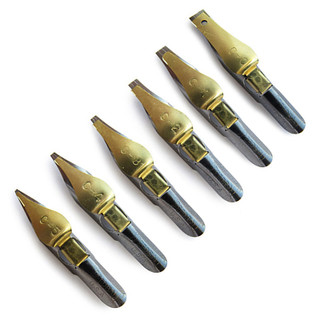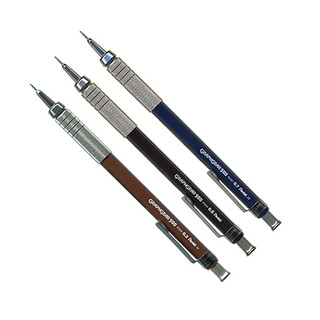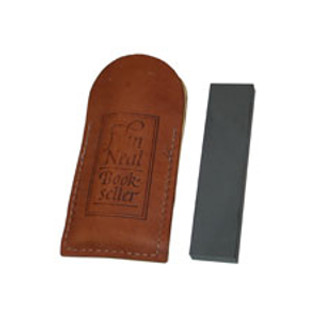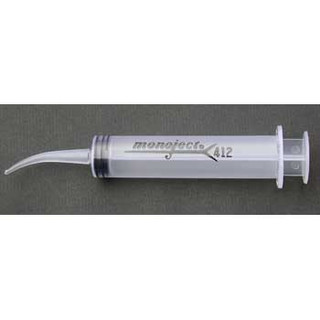IAMPETH 2024 - PAScribe Geometric Textualis Quadrata - Paul Antonio
Class Overview - All Skill Levels Note: This is a broad-edge pen class. I will not be teaching how to handle a broad edge in class, so if you have never used a broad-edged tool or are unsure, plan to …
Read MoreDescription
Class Overview - All Skill Levels
Note: This is a broad-edge pen class. I will not be teaching how to handle a broad edge in class, so if you have never used a broad-edged tool or are unsure, plan to attend the One-On-One sessions offered during Check-in Monday afternoon.
The PAScribe Geometric Textualis Quadrata is not a historical script but a framework I constructed to help students gain a deeper understanding of the principal script of the Gothic family of scripts. The structure of the script is based on the use of three basic strokes for the minuscules, but it is the placement of the downstroke in relation to the quadrant or lozenge which creates the simplicity in the writing. Once the framework is understood, the practitioner can learn most of the high book hands from the Mediaeval Period with ease.
This framework will simplify the learning of Old English, Rapid Old English, Retouched Old English, Old English Text, as well as formalize learning in Fraktur, Rotunda, and Batarde and is an excellent starting point for those wanting to gain a working knowledge of broad-edged nib work.
CLASS SUPPLIES
• Layout or marker pad paper such as Bienfang Marker Pad, Canson Marker Pad, Borden & Riley Marker Pad. (I prefer Daler Rowney and London Graphic Centre Layout Pad as they have a bit of tooth to the paper, will grip the nib nicely, and are generally more transparent than the above-mentioned. Some are more readily available than others.) (P2012, P09-50, P41)
• A heavy, hot pressed, uncoated, smooth paper (we end the class using this thicker paper. It needs to be at least 250gsm / 80100lb.) (PS42, PS118)
• Your choice of ink that works with the paper you plan to use (fountain pen ink is preferable. I use Pelikan 4001 or Monteverde Inks. The aim is for the ink to be thin enough to flow easily and for you to see overlapping deposition. Do not use gouache, stick nor sumi ink due to the drying times and viscosity issues.) (I04)
• Speedball C1 nib is the nib I will be using in the class, and it is what the supplied grid is scaled against. (If you don’t feel comfortable enough to handle wet ink in a dip nib, you can use a pilot 3mm Parallel Pen; this will be different from how the nib works but will work on the supplied grid. Markers will not work as none of the markers on the market are 3mm. If you choose to use markers, you will need to make your own grid or approximate the letters based on the supplied grid x-height.) (N09, FP67)
• A 0.3 mm mechanical pencil with an HB or 2B lead (A regular pencil will not work for ruling lines. We need to rule lines on the thicker paper.) (PL21, PL22)
• Ruler (you will need rulers to rule up the heavier sheet as you will not be able to see the grid through it. Please bring what you normally use for ruling loose sheets of paper. I will be using the PAScribe Lining Template in class, available at John Neal Books) (S270, S2025)
• Arkansas Stone is essential for the nib and Pilot Parallel Pen work (S115)
• Paper clips
• Paper towels
• 3 small jars (1 for clean water, 1 for thinned ink, 1 for cleaning your nib) (S853)
• Syringe (S382)






















